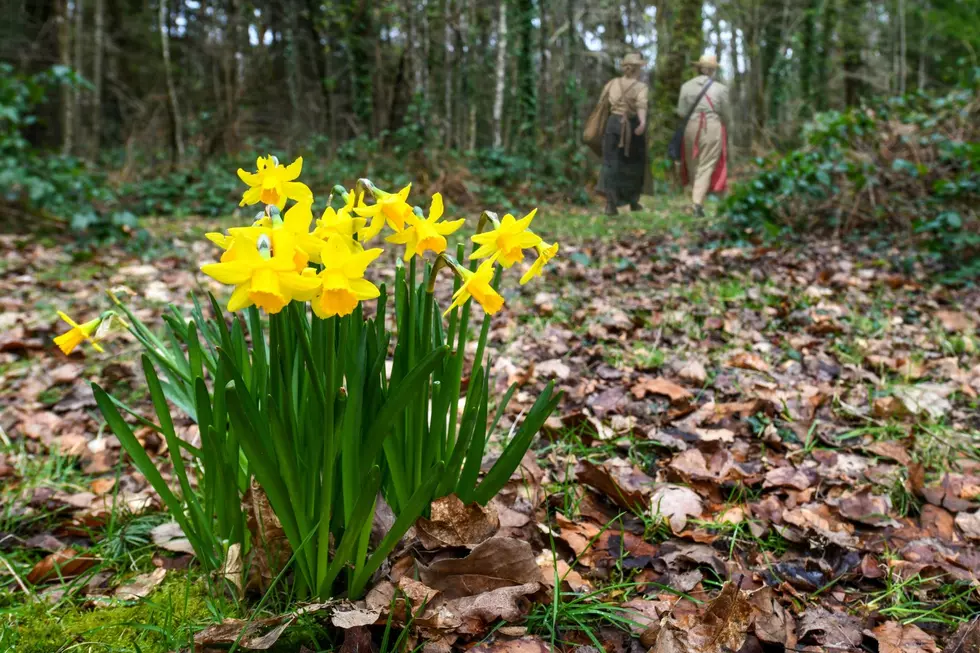
Unusual, Unidentified Animal Spotted in Southern Indiana
I don't think you need to call your favorite cryptozoologist just yet, but we have a sighting of an animal that resembles some sort of canine, and we're not sure what sort of canine it is at this point.
But I will hold off on using terms like "legendary," "urban folklore," and "the demon dog of Gibson County".
I've always thought there would be bigger varieties of uncommonly seen wildlife in Kentucky than in Indiana. Whether I'm off-base or not, the Bluegrass State--with all of its lakes and topography that is far less flat than the Hoosier State--just seems more conducive to "surprise" appearances by, say, black bears and bobcats.
But I would be wrong. I've actually seen MORE Facebook posts about such creatures being spotted in Indiana than in Kentucky. And I'll throw in armadillos, too, as Gibson County News & Talk did in its recent post about an unusual canine spotted in Princeton.
So I ran the images through Google Lens and, sure enough, they came up with a dog--a Mexican hairless. That was also a guess in the comment section. The thing is, though, it's entirely possible that isn't correct. Take a closer look at a Mexican hairless and you'll see why I drew that conclusion.
The body shapes are incredibly similar, and the pooch in the Gibson County photo DOES look like he/she has a very thin coat. Of course, that would make it NOT hairless, but the dog in the video looks like it has hair, too. Don't ask me. I don't name breeds.
Also, a friend of mine suggested that when he runs across images like this, he just assumes that it's a coyote with mange. I can't REALLY argue with that, even if he was joking, because of the distance from the photographer to the animal.
I'd go with calling it a Mexican hairless, but Rover.com indicates that would be unlikely.
One of the most rare and unique dog breeds in the world, the Xoloitzcuintli, or Xolo (“sho-lo”) for short, has been around for a very long time. Also known as the “Mexican hairless dog,” these (usually) bald, ancient beauties are revered for their calm and loyal disposition. Despite their long history and reputation, Xolos remain quite rare in the U.S., so you may not have met one in real life.
We may just have to settle on "dog" and let it go at that. But I'm all ears.
LOOK: Here are the states where you are most likely to hit an animal
LOOK: 30 fascinating facts about sleep in the animal kingdom
More From WDKS-FM


![After a Hiatus, One of Evansville’s Favorite Food Trucks is Hitting the Streets Again [MENU]](http://townsquare.media/site/74/files/2024/04/attachment-fire-chicken-EVANSVILLE-INDIANA2.jpg?w=980&q=75)





![Louie Smiles in Every Photo Because He’s a Hap-Hap-Happy Boy! [Warrick Humane Society Pet of the Week]](http://townsquare.media/site/74/files/2024/04/attachment-LOUIE-WHS.jpg?w=980&q=75)
